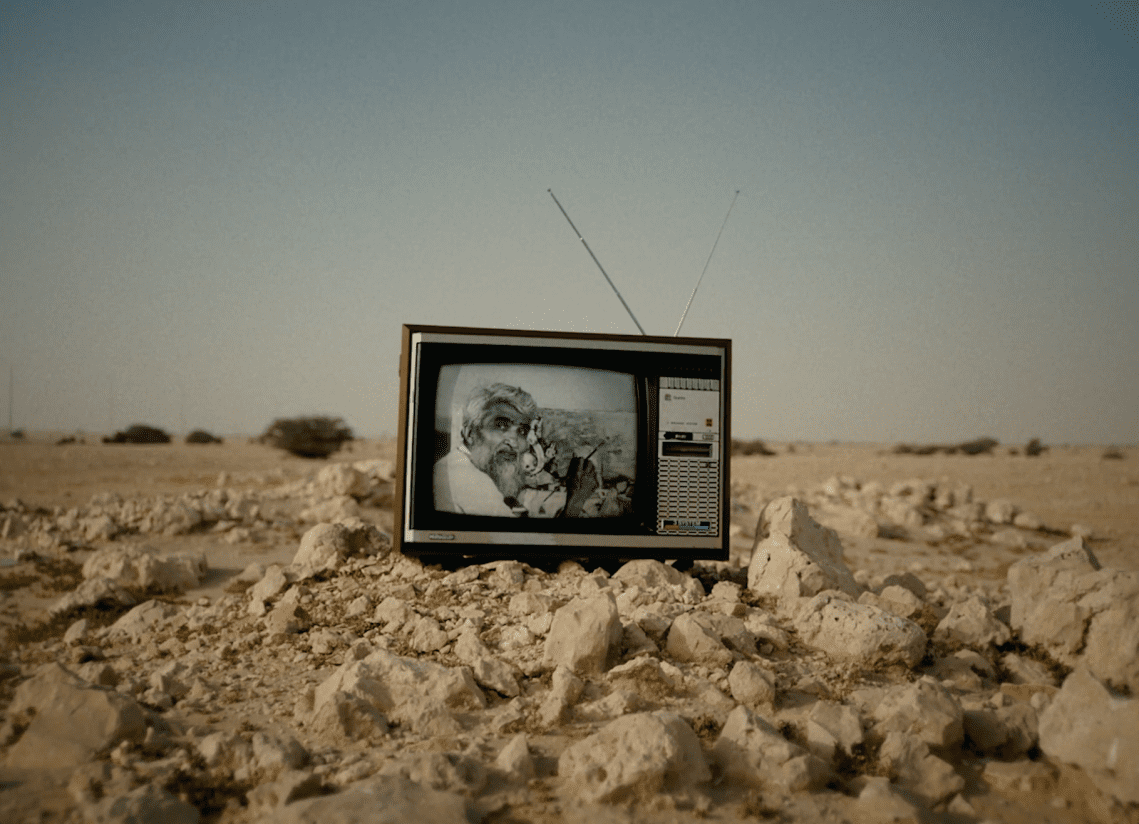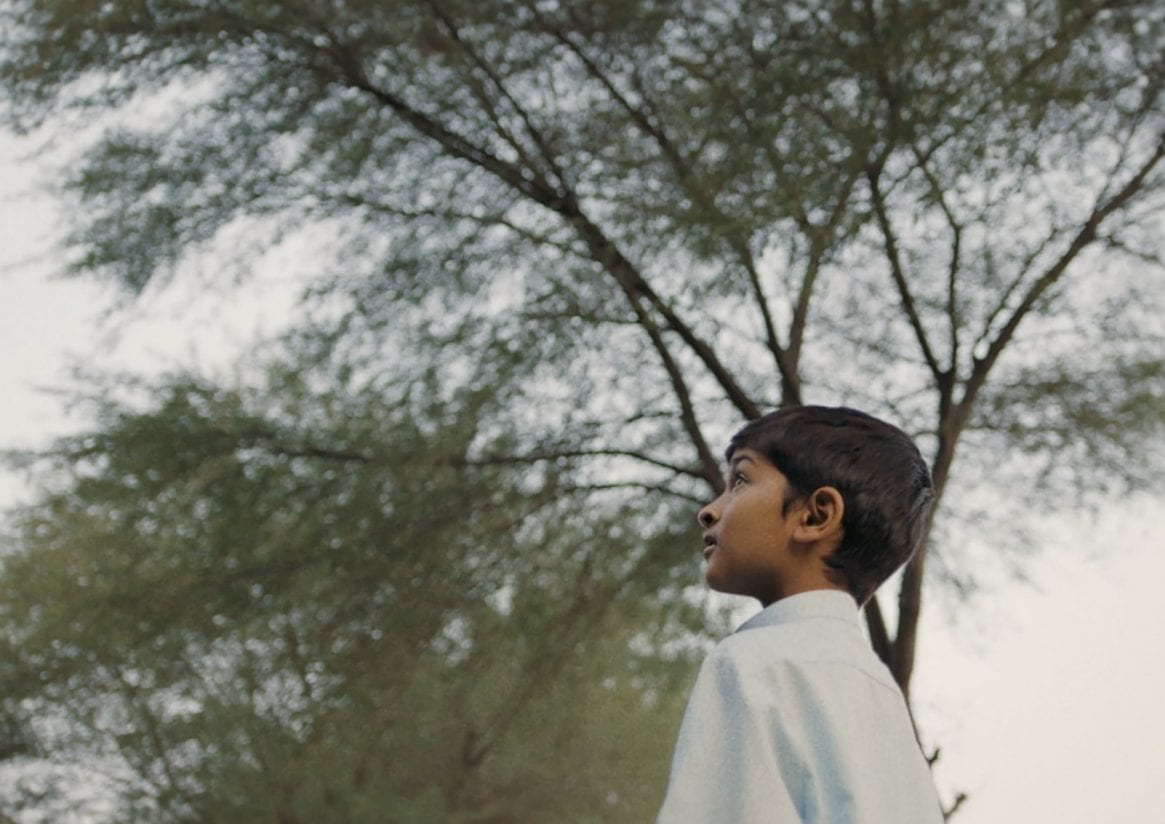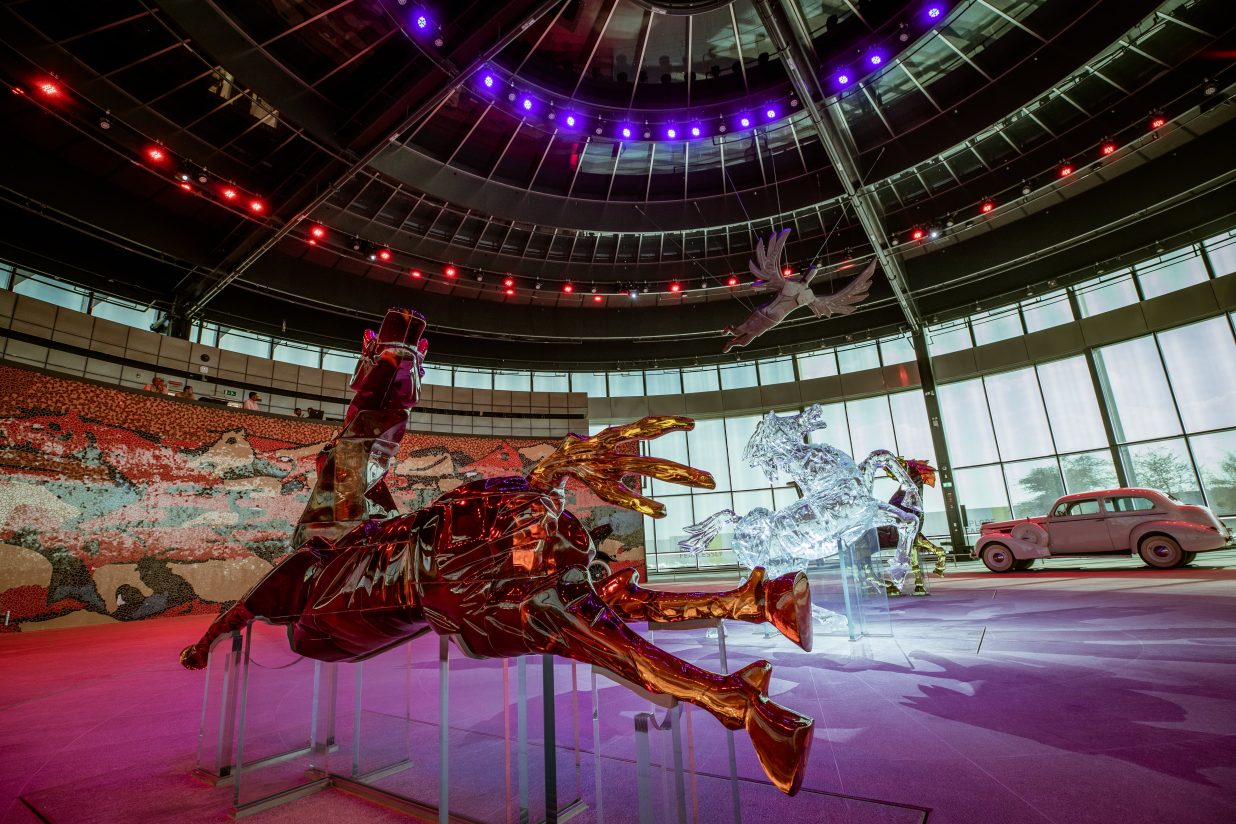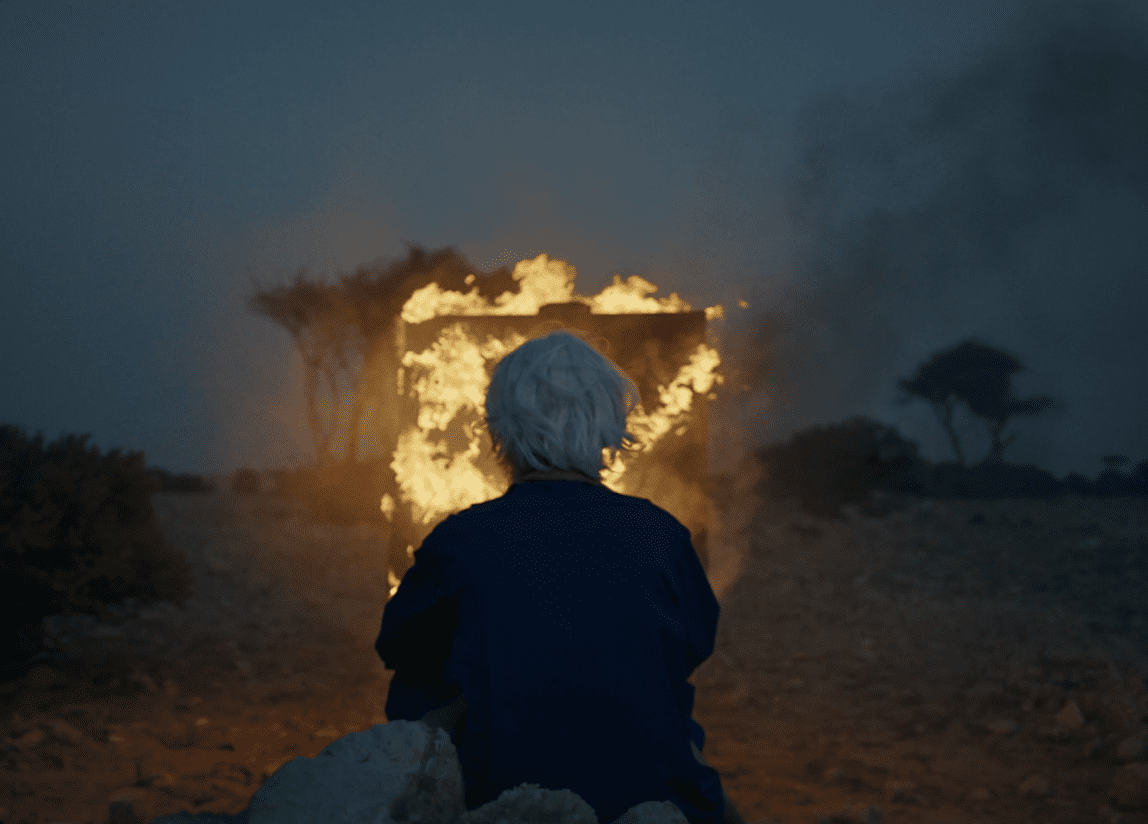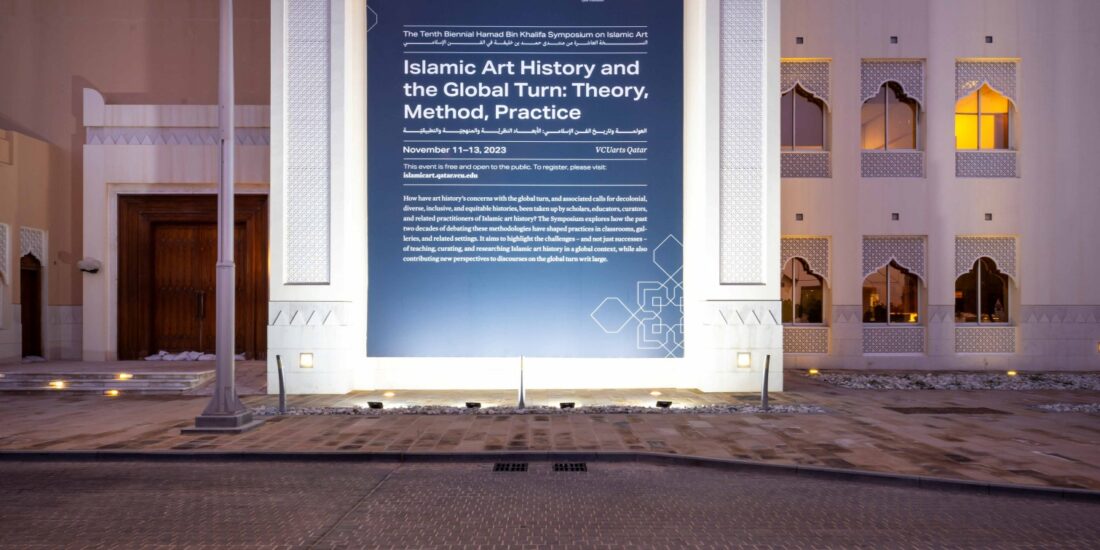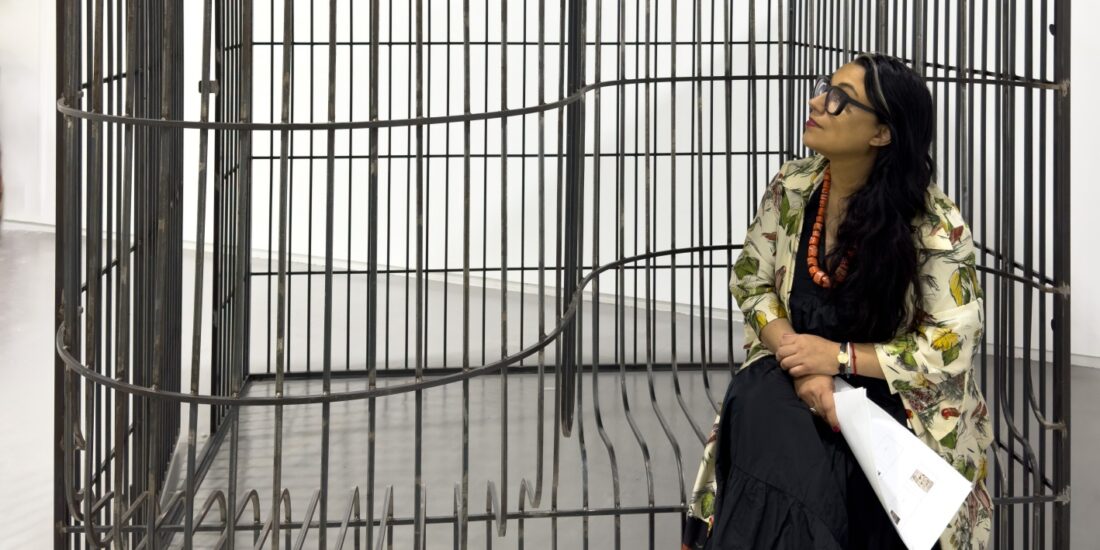Remembering Husain
Qatar Foundation and The Film House have embarked on an ambitious project to rediscover the final work of MF Husain through a documentary on the celebrated artist, and, in the process, gain an insight into the enigma that he was. SCALE finds out more from the director of this documentary, Dimitri Yuri, an award-winning director from The Film House.
Maqbool Fida Husain had always had a strong resonance in the art world and this holds true even a decade after his death. His swan song, his last piece of work, Seeroo fi al ardh, which is on display at one of the Qatar Foundation buildings, still holds its own against modern artworks that we see today. Highlighting the progress of humanity on land, air, and sea, the piece tells the story of mankind conquering science to decipher its mysteries, expressed in diverse mediums. This artwork, brought to life posthumously, seems to be illustrative of Husain’s life and creativity; borderless, infinite, and perpetual.
But a man with such a larger-than-life persona has to be celebrated further, not just for the art that he created, or for the love of life and humanity that he harboured, but also for his fascination for the film medium. Thus, Qatar Foundation’s 10-minute short documentary telling the story of how the great artist’s life and work came to be manifested in his final testament, Seeroo fi al ardh. For it is true that the artist’s last project could be best appreciated in the context of his life’s work, the people who influenced it, and his own journey from India to Qatar. This short documentary offers the audience a way into his mind.
To honour his memory, the documentary produced by The Film House, an international, award-winning, technologically-cutting edge, Qatari-owned production company, will be presented to the public in an exclusive webinar on the artist’s 10th year anniversary of his passing.
In a chat with the Writer-Director of the documentary, Dimitri Yuri, a Brazilian screenwriter and director based in Doha, SCALE learns how he was inspired by the life and work of the prolific artist, Husain.
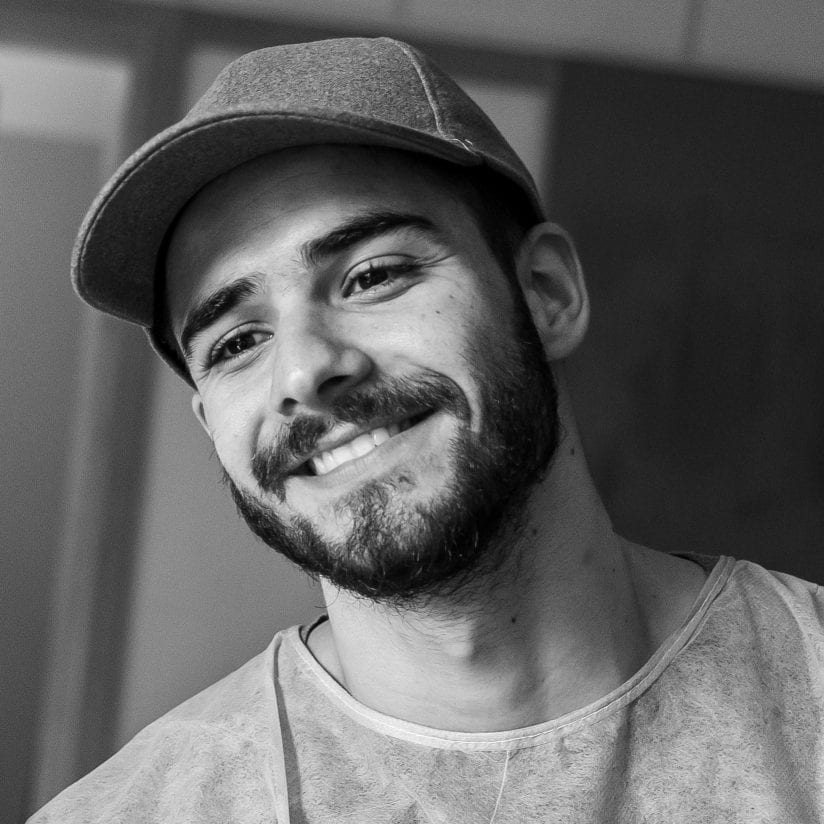
Dimitri Yuri created and directed the pilot for the Al Jazeera Arabic variety show “About Cinema” which was later picked up for a season. Dimitri’s latest script, Blood at the Root, won the Gold Prize at the 2018 PAGE International Screenwriting Awards. His short narrative film Falling Leaves received nominations and awards from a variety of international festivals, as well as being featured in Short of the Week.
After graduating from Virginia Commonwealth University School of the Arts in Qatar, majoring in Art History, Dimitri began to write and direct commercials for a variety of high-profile companies such as Ooredoo, Netflix, and Qatar Airways. Dimitri created and directed the pilot for Al Jazeera’s Arabic variety show ‘About Cinema’, which was later picked up for one season. Dimitri’s latest script, ‘Blood at the Root’, won the Gold Prize at the 2018 PAGE International Screenwriting Awards.
Being a student of art history, Dimitri was already a fan of Husain and fully cognizant of the impact of his work when he was offered this project. “To be able to put a footnote in the history of MF Husain with this video and tell the story of his last artwork was an incredible opportunity for me and for The Film House,” says Dimitri.
The documentary had its festival run and has created an impression by being the official selection for the Las Cruces International Film Festival 2021 and also won the gold award for Spotlight Documentary Film Awards 2020.
It is not easy to make a 10-minute documentary of an artist whose life and work are worthy of a biopic, so we quiz Dimitri on his approach, about how and from where did he and his team start their research?
“QF had given us all the details of the artwork, it’s making, and then they gave us a free hand to create the script and the idea for the movie. The opportunity to find the best way to present it all was left to us, which considerably loosened the reins of our creativity,” remembers Dimitri, “Though there were guidelines on the structure and the people to be interviewed, we had five different movies on the table after editing. But when this final one was presented, everyone was sure that this was the direction the documentary had to take.”
Explaining the process involved, Dimitri recounts, “It took three to four days of interviews, a few days of filming of the artwork, the recreation of some of the important abstracts, and a lot of sifting through footage, which was generously provided by QF and Husain’s family. The shooting itself took less than a week while the editing process took a lot longer. The first draft took three weeks, and then we started rewriting and re-editing it to bring it to its current format,” he says.
Music also plays an important role in the documentary, says Dimitri, given how Husain took immense care while selecting the music for his artwork.
The documentary takes us through Husain’s life, culminating in Seeroo fi al ardh. So, in the 10-minute-long documentary, the first seven minutes set the context and the final three minutes take us through the artwork. “We wanted to bring context to the audiences. I knew about the trajectory of Husain as an artist but for someone who knew less about the art realm, we needed to give a lot more background to help them understand the last work of this artist. And that is the purpose of the documentary. To give more power to the spectacular realm of Husain’s art through the large plethora of work he has completed and the life he has led,” explains Dimitri.
Husain was an artist who knew that Seeroo fi al ardh was a culmination of all his endeavours. “This last work perhaps gives an insight into all that he has produced while also telling us about his personality. And to find that connect, we had to show the world more about where he came from,” he says.
While Dimitri was already a Husain-enthusiast, he gained more insights into the personality while filming the documentary. It was one of Husain’s lines that helped him achieve a greater understanding of the man – “When I am done, put my work in museums so everyone can see it, or if you so want to, burn it all up.”
Dimitri says, “I love that about Husain. He can create works that are moving and powerful, that can shatter the art world with its impact but he also understands that all that he creates is transient, momentary. He knew that his current artwork was just the expression of himself at that point in time, it is not something that is set in stone. You can create new things, destroy old things, that’s how life goes, it just moves forward. That’s what life is about, moving forward and never back. Husain understood this and that perhaps is the most beautiful thing about him.”
And the one new thing that Dimitri has learned about Husain was how irreverent he could be, how he could be passionate about his work and yet look at it all and laugh at it too. “He was quite silly, in the way he looked at himself, at life, taking it all very lightly.”
“Talking to family members of Husain, I came to understand how he loved cracking jokes. I felt that helped him create such masterpieces, by taking things lightly, never working to please anyone, with no anxiety to please an audience but free to create his own thing.”
“He is such an enigmatic personality and creating a movie that does justice to this great mind was a huge challenge.”
Join Qatar Foundation and SCALE magazine, for the exclusive premiere of “Seeroo fi al ardh,” a short documentary that shares the story of how Maqbool Fida Husain’s life and work came to intersect in his final art installation. To register for this Webinar: https://www.qf.org.qa/mfhusain-webinar
All Images Courtesy Qatar Foundation and The Film House.


